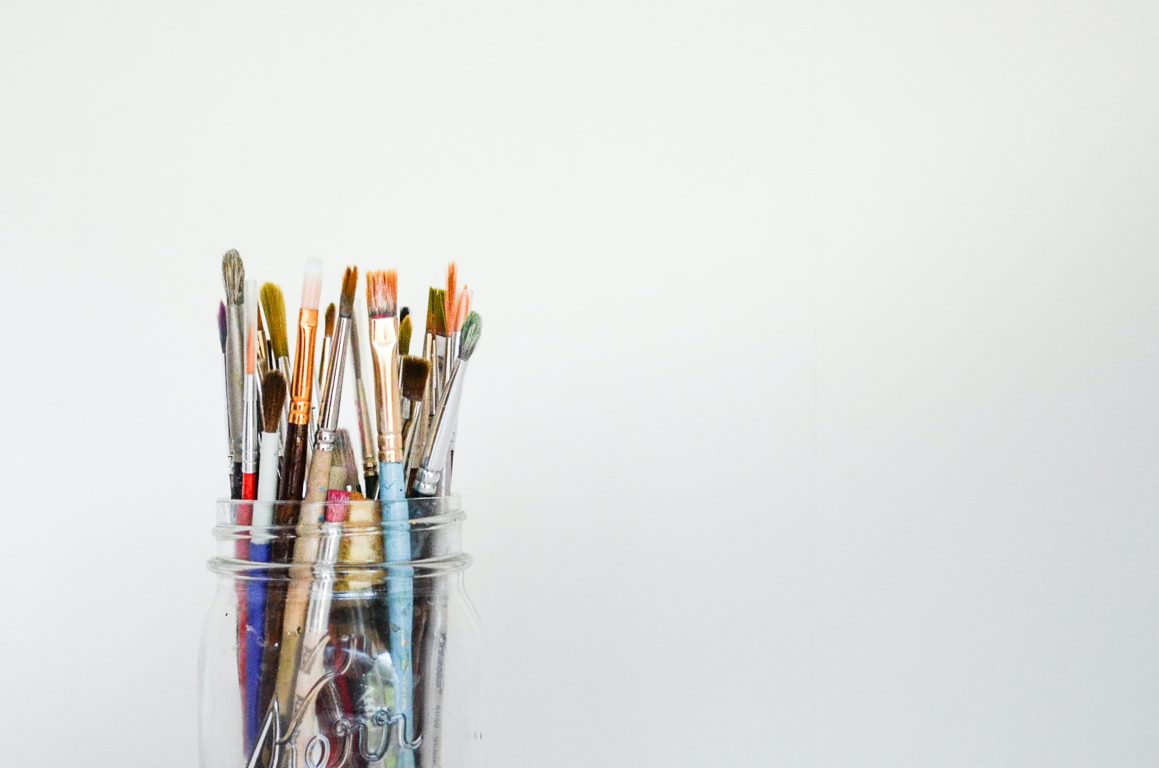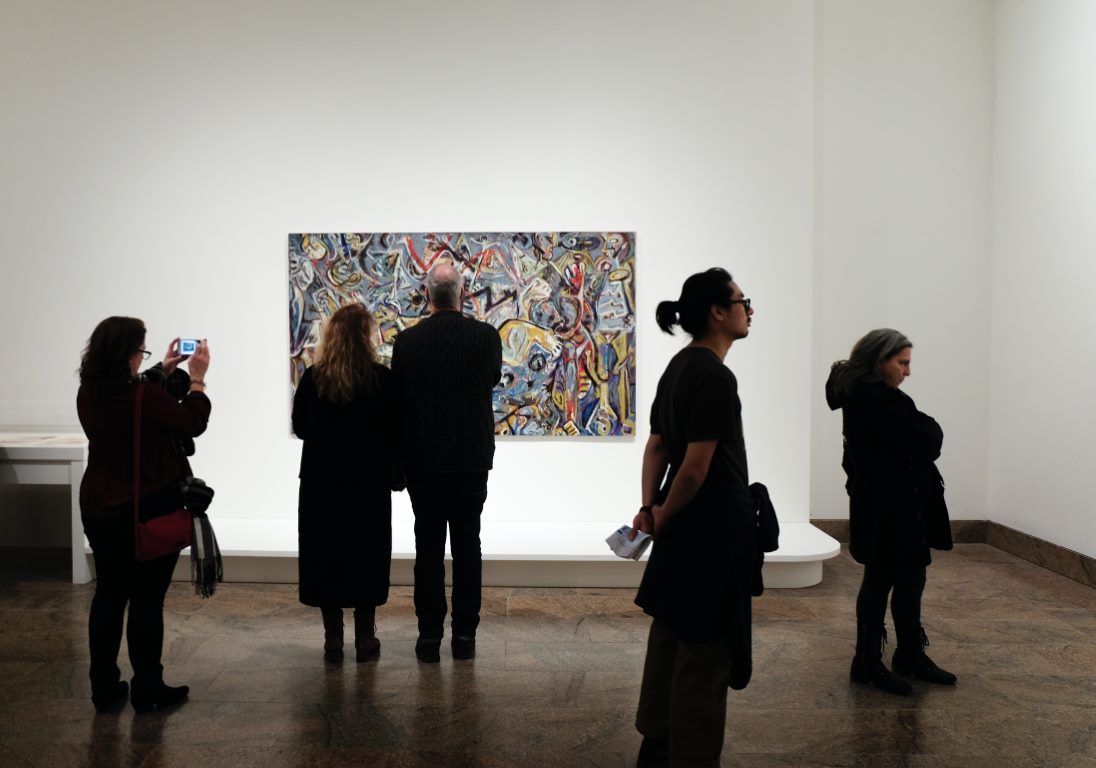How to Plan Your Pikey Peak Trekking Tour in Kathmandu
If you love trekking, then there’s no missing out on the Pikey Peak trekking tour in Kathmandu. The Pikey Peak region has to offer numerous natural wonders for the trekkers to experience, from rhododendron forests to stunning landscapes, making the Pikey Peak Trekking tour a must-go. Here is a comprehensive guide to help you plan your Pikey Peak Trekking tour in Kathmandu.Overview
The Pikey Peak trek is a popular trek that starts and ends in Kathmandu. The trek is around 6-12 days long, depending on the route you take, and covers a distance of 50-80 km. The best time to go on a Pikey Peak trekking tour is during spring (March to May) and autumn (September to November), when the weather is pleasant, and the views are crystal clear.What’s Included
The Pikey Peak Trekking tour includes pick up and drop off service from Tribhuvan International Airport, and hard and soft drinks. Breakfast is also included, making it convenient for trekkers who are staying in Kathmandu.Meeting and Pickup
The meeting point for the Pikey Peak trekking tour is at Tribhuvan International Airport. The tour starts at 6:15 AM, and the trekkers are dropped back to the meeting point.What to Expect
The Pikey Peak trekking tour is a moderately difficult trek that takes you through small villages, thick forests, and high grazing lands. The trek also offers the trekkers a stunning panoramic view of the magnificent Himalayas, including Mount Everest, Makalu, and Kanchenjunga.Day 1: Kathmandu to Dhap Bazaar
The first day of the trek starts early, with a 7-hour drive from Kathmandu to Dhap Bazaar, where you will stay overnight.Day 2: Dhap Bazaar to Jhapre
On day 2, you start the trek from Dhap Bazaar to Jhapre, which takes approximately 6 hours. You will stay overnight in Jhapre.Day 3: Jhapre to Pikey Base Camp
On day 3, you continue your trek to Pikey Base Camp, which takes around 6-7 hours. The base camp is located at an altitude of 3600 meters.Day 4: Pikey Peak Summit
On day 4, you start your trek to the summit of Pikey Peak, which takes around 3-4 hours. At the summit, you can enjoy the panoramic view of the Himalayas, including Mount Everest. You then trek back to Pikey Base Camp to spend the night.Day 5: Pikey Base Camp to Junbesi
On day 5, you start trekking back to Junbesi, which is approximately 6-7 hours away. You will spend the night in Junbesi.Day 6: Junbesi to Phaplu Airport
On day 6, you will trek to Phaplu Airport, which will take around 6-7 hours, where you will be dropped back to Kathmandu.Additional Info
It’s worth noting that the Pikey Peak trekking tour is not wheelchair accessible. However, service animals are allowed, and infant seats are available. As the trek is moderately difficult, trekkers should have a moderate level of fitness.Cancellation Policy
According to the tour provider’s cancellation policy, you can cancel up to 24 hours in advance of the experience for a full refund. If you cancel less than 24 hours before the experience’s start time, you won’t be entitled to a refund. Any changes made less than 24 hours before the experience’s start time will not be accepted.Book the Tour Here
Book the tour here to get a chance to experience the natural beauty of the Himalayas and make memories that you will cherish for a lifetime. Don’t forget to plan your trek during the best seasons to enjoy the clear view of the mountains.
Frequently Asked Questions about Kathmandu
Kathmandu, the capital and largest city of Nepal, is a popular tourist destination known for its rich cultural heritage, stunning architecture, and breathtaking views of the Himalayas. Here are some frequently asked questions about Kathmandu:1. What is the best time to visit Kathmandu?
The best time to visit Kathmandu is from September to November and from February to April. During these months, the weather is generally dry, and the skies are clear, making it perfect for outdoor activities, sightseeing, and trekking. December and January can be very cold, while monsoon season from June to August brings heavy rainfall, making it difficult to explore the city.2. What are the must-visit places in Kathmandu?
Kathmandu is home to several cultural and historical landmarks that are worth visiting, including:Durbar Square
Durbar Square, located at the heart of the city, is a UNESCO World Heritage Site and one of the most popular tourist destinations in Kathmandu. It is home to numerous temples, palaces, and shrines that are of great cultural and religious significance.Swayambhunath Stupa
Also known as the Monkey Temple, Swayambhunath is a Buddhist stupa located atop a hill on the western edge of Kathmandu. It offers stunning panoramic views of the city and is known for its colorful prayer flags, holy monkeys, and intricate Buddhist artwork.Pashupatinath Temple
Pashupatinath is a UNESCO World Heritage Site and one of the most sacred Hindu temples in the world. It is located on the banks of the Bagmati River and is known for its intricate architecture and religious significance.Boudhanath Stupa
Boudhanath is one of the largest stupas in Nepal and is a UNESCO World Heritage Site. It is an important pilgrimage site for Buddhists and is known for its unique architecture and peaceful atmosphere.3. What is the local cuisine of Kathmandu?
Kathmandu offers a wide variety of local cuisine, which is heavily influenced by Tibetan and Indian culinary traditions. Some popular dishes include momos (dumplings), dal bhat (lentil soup with rice), tarkari (vegetable curry), and chow mein (stir-fried noodles). Try Newari cuisine, like Choila, Bara, Sanyaakhuna and more4. What is the currency used in Kathmandu?
The official currency of Nepal is the Nepalese rupee (NPR). You can exchange foreign currency at banks, money changers, and hotels in Kathmandu. ATMs are also widely available in the city.5. What are the best ways to get around Kathmandu?
The best ways to get around Kathmandu are by walking, taking a taxi or hiring a private car, or by taking a local bus. Taxis are readily available in the city, and you can negotiate the fare with the driver before the ride. Hiring a private car or taxi is a convenient option for sightseeing and exploring the city. You can also take local public buses, which are a cheap and popular mode of transportation in Kathmandu.6. What are the safety concerns while visiting Kathmandu?
While Kathmandu is generally a safe city, visitors should exercise caution and take necessary safety measures, like avoiding crowded areas and carrying only essential items while sightseeing. Take care of your belongings, and avoid walking alone at night. Always use registered taxis or cars and take precautions if trekking in the mountains. Always bring sufficient cash and medicines, especially if you’re visiting remote areas.7. What are some cultural etiquettes to keep in mind while in Kathmandu?
Nepalese culture is influenced by Hindu and Buddhist traditions, and visitors should keep in mind the following cultural etiquettes: – Dress modestly and avoid revealing clothing while visiting religious sites. – Take off your shoes before entering a temple or someone’s house. – Ask for permission before taking someone’s photograph, especially monks, sadhus, or holy persons. – Respect the Nepalese people’s religious beliefs and practices. – Don’t touch or step over offerings such as flowers, water, and food set out for the gods. Kathmandu is a unique and fascinating city that offers visitors an opportunity to immerse themselves in Nepal’s rich cultural and religious heritage. By keeping these FAQs in mind, you can make the most of your visit to this beautiful city.
How to Spend Your Time as a Tourist in Kathmandu
Kathmandu, the capital city of Nepal, is a popular tourist destination known for its rich cultural heritage, ancient architecture, and natural beauty. The city is home to several UNESCO World Heritage Sites, including ancient temples, stupas, and palaces. If you are planning to visit Kathmandu, this guide will help you make the most of your time.1. Visit the Historic Durbar Squares
One of the most popular attractions in Kathmandu is the historic Durbar Squares. These squares are located in three different areas of the city – Kathmandu, Bhaktapur, and Patan. Each square is surrounded by ancient temples, palaces, and other historical buildings that reflect Nepal’s rich architectural heritage.- Kathmandu Durbar Square: also known as Hanuman Dhoka, the square has an old palace with stunning courtyards that date back to the 12th century.
- Patan Durbar Square: also known as Lalitpur, this square features a blend of Hindu and Buddhist architecture.
- Bhaktapur Durbar Square: located in Bhaktapur, this square is known for its exquisite wood carvings and pottery work.
2. Explore the Swayambhunath Temple
Swayambhunath, also known as the Monkey Temple, is one of the most sacred Buddhist pilgrimage sites in Nepal. It features a large stupa with a white dome and a gold spire that is adorned with prayer flags. You need to climb a long staircase to reach the temple, but the view from the top is worth the effort.3. Take a Tour of the Pashupatinath Temple
Pashupatinath is considered one of the most sacred Hindu temples in Nepal. It is dedicated to Lord Shiva and is built in a pagoda-style architecture. The temple is located on the banks of the Bagmati River, and it is believed that a dip in the river washes away all sins. You can also witness cremation ceremonies on the banks of the river.4. Explore the Boudhanath Stupa
The Boudhanath Stupa is the largest stupa in Nepal and one of the largest in the world. It is located in the Boudha area of Kathmandu and is a UNESCO World Heritage Site. The stupa is believed to have been built in the 5th century and is considered one of the most sacred Buddhist pilgrimage sites. You can walk around the stupa and spin the prayer wheels while enjoying the peaceful surroundings.5. Visit the Garden of Dreams
If you are looking for a serene and peaceful environment, then the Garden of Dreams is the place to be. It is located in the heart of Kathmandu and is a neo-classical historical garden that was restored in 2006. The garden features several pavilions, fountains, and ponds that offer a peaceful environment away from the hustle and bustle of the city.6. Attend the Kumari Puja
Kumari Puja is one of the most popular festivals celebrated in Nepal. The festival is dedicated to the living goddess Kumari, who is worshipped by both Hindus and Buddhists. The festival takes place during the month of September, and you can witness the Kumari being worshipped in the Kumari Ghar temple located in Durbar Square.7. Explore the Thamel Area
Thamel is a popular tourist hub in Kathmandu, known for its vibrant nightlife, shopping streets, and street food. The area is also home to several budget-friendly hotels, guest houses, and hostels, making it an ideal place to stay for backpackers and budget travelers.Book Your Tour Now
Kathmandu is a city with a rich cultural heritage, and there are plenty of things to do and see. The above mentioned places are just a few of the many attractions that the city has to offer, but they are definitely a must-visit if you are in Kathmandu. Make sure to plan your trip accordingly and enjoy the diverse cultural experience that Kathmandu has to offer.Table of Contents
